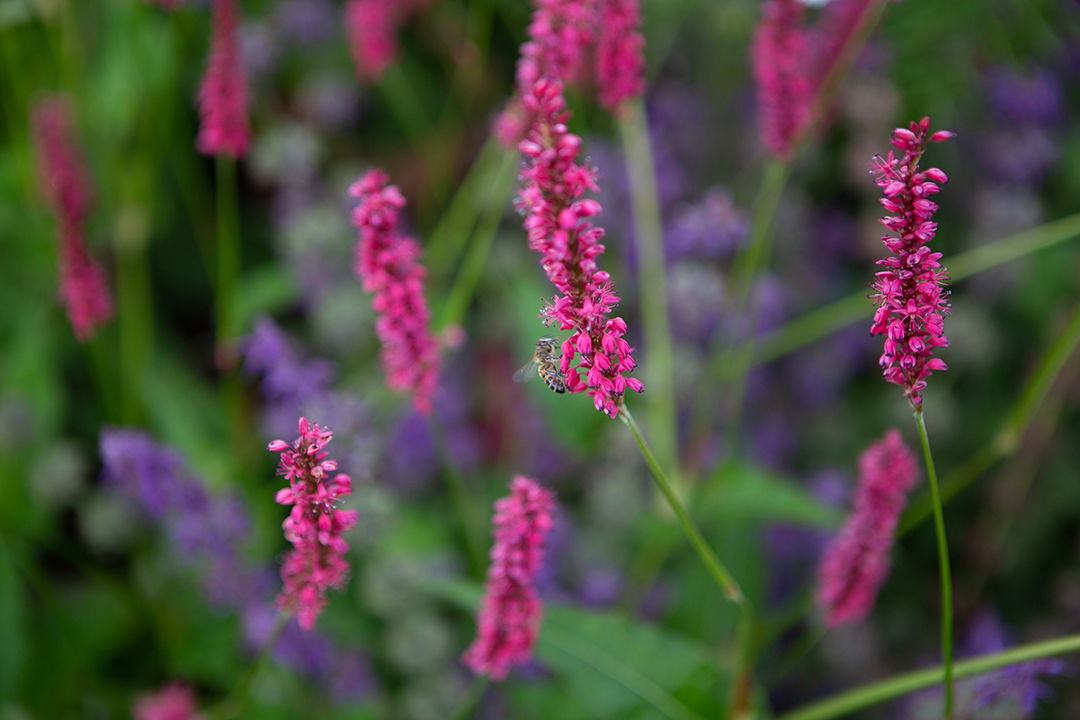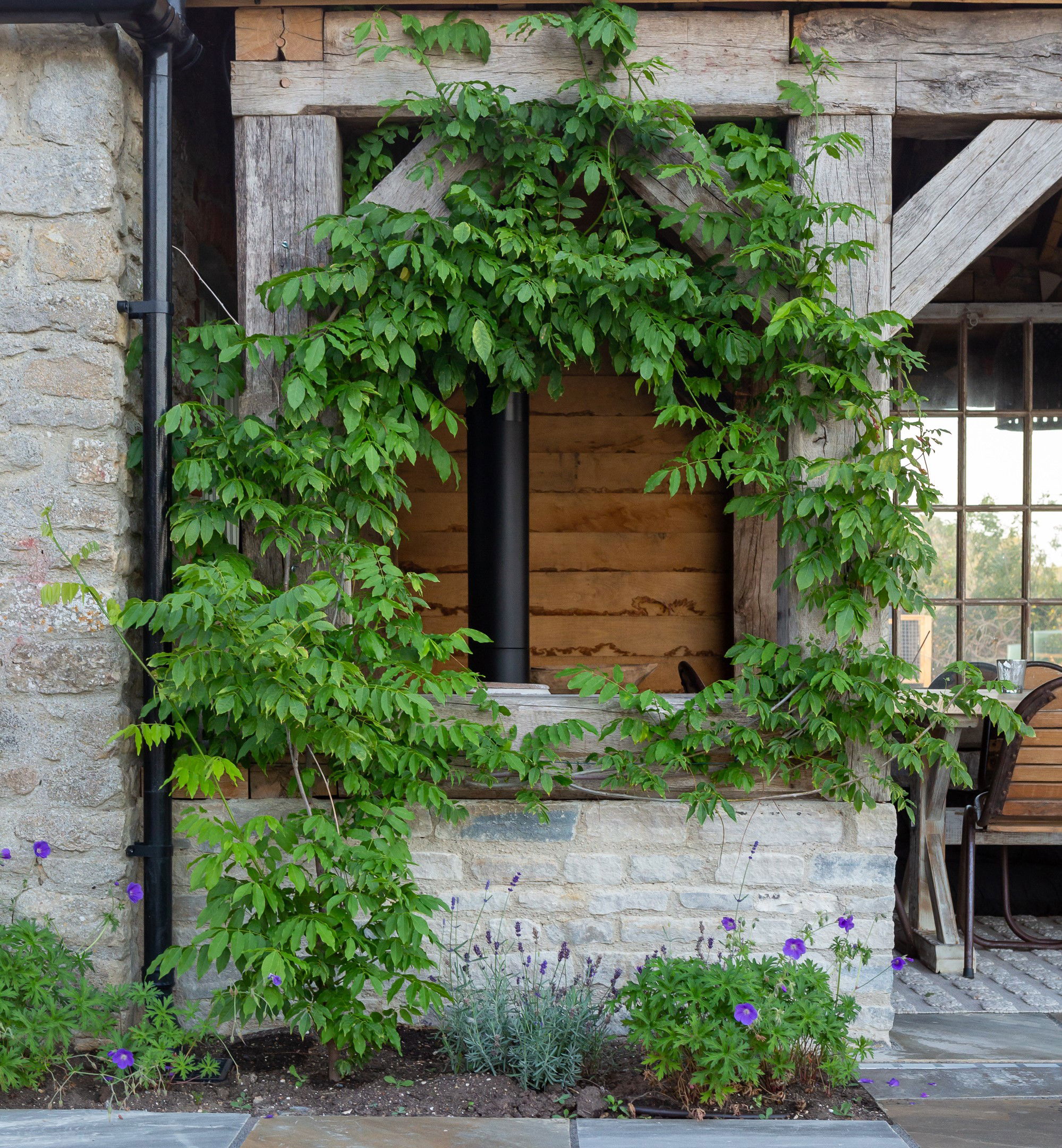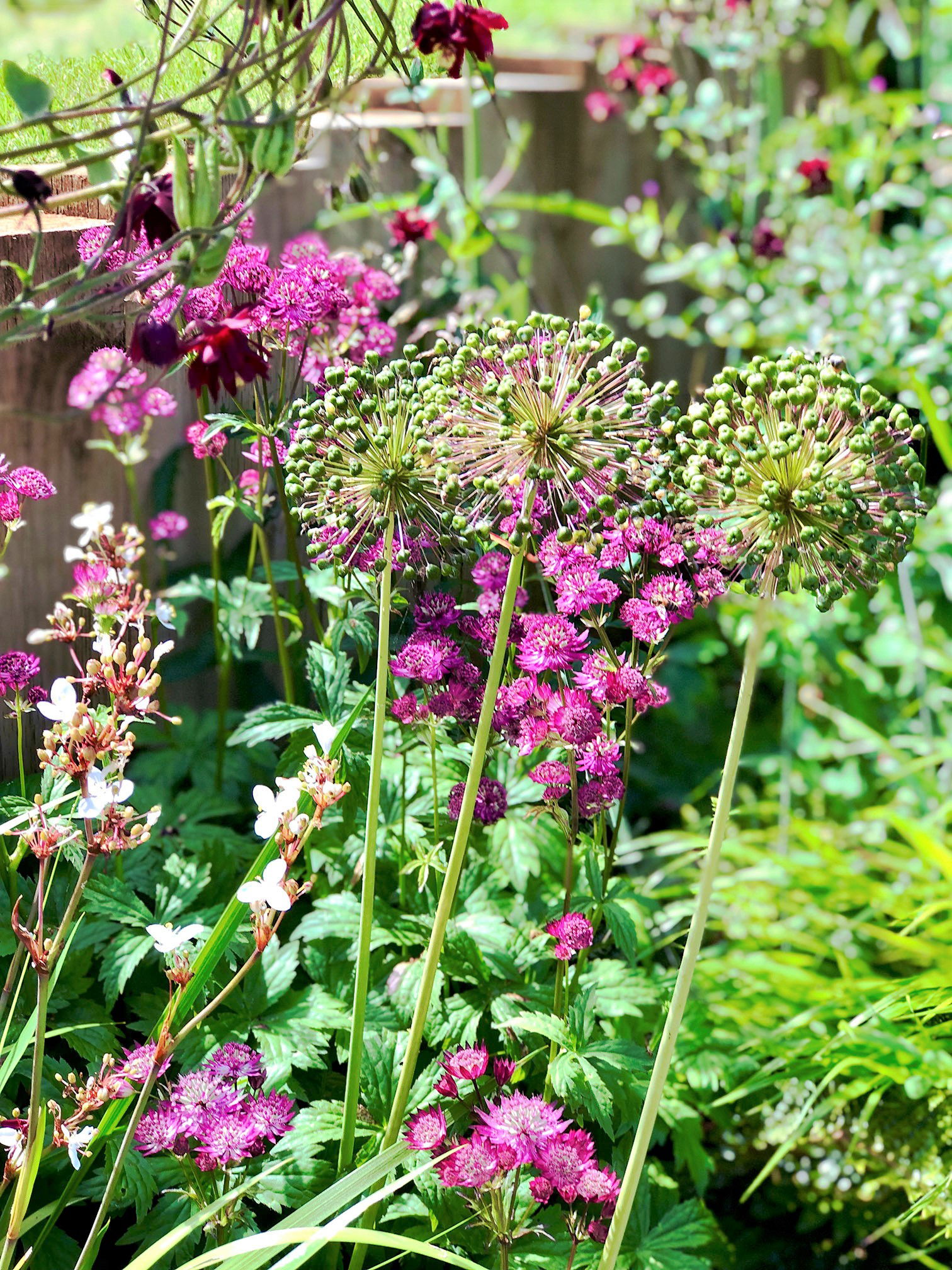Designing a Bee Friendly Garden
At HollandGreen, we have always been mindful of the impact of landscapes and gardens in supporting wildlife and mitigating the effect of climate change. Our team aims to hand you a garden more biodiverse than how we found it while achieving an unrivaled aesthetic and functionality.
As our clients become increasingly interested in supporting wildlife, we are often asked how to attract more biodiversity into the garden. In particular we are often asked about the ways to support bees & bumblebees. Here are some of our top tips.
A snapshot of bee friendly planting in our HG projects
Serve a wide, year-round buffet
Our team will make sure to provide a beautiful, ever-changing aesthetic for you, and a vast buffet for the pollinators you want to welcome.
We achieve this with a performing mix of native and non-domestic varieties, changing colours, shapes and flowering times. Among the most bee-friendly plants are the following:
- Daisy family (e.g. Ox-eye daisy, Aster, Sunflowers, Yarrows/Achillea)
- Carrot family (e.g. Fennel, angelica, Cow parsley, Astrantias)
- Teasel family (Teasel, Scabiosa, Knautia)
- Mint family (Mint, Bergamot, Monarda, Catnip/Nepeta, Origanum)
- Onion family (Daffodils, Nerines, Agapanthus, Tulbaghia, ornamental Alliums)
- Rose family (Roses, Apples, Alchemilla Lady’s Mantles, Strawberries, Cherries, geums).
We never forget about winter resources too! You might be surprised to know that honeybees don’t hibernate, which means they need access to nectar and pollen even during the winter. Seasonal food sources can include the much scented Sarcococca and Daphne, but also Hellebores, Crocus and the evergreen Camelias to name a few.
Many of these plants are not only very attractive to bees and hoverflies, but also contain lots of different shapes, seedheads and colours to keep things interesting in your garden throughout the year.


Provide access
Over-hybridised varieties of plants have often sacrificed nectar in favour of more petals. This also tends to make them inaccessible for bees and insects. While modern hybrids are great for the florist, they should be used sparingly as part of a pollinator-friendly garden. This doesn’t mean you can’t have a beautiful garden, however. Many vibrant garden staples, such as lavende, rosemary, sunflowers and native asters, are both colourful, bright and a great food source for bees.
Don’t let your allergy stop you!
There are plenty of plants that rely on insects rather than wind pollination, which can be used as part of an allergy-friendly and insect-friendly garden design. In fact, most insect-pollination plants tend to have larger and more vibrantly coloured petals than species relying on wind pollination, as well as producing lesser amounts of pollen overall. See this guide to low-allergy gardens by the Chelsea Flower Show for more information on what species to pick.

Use natural pest control
When well balanced, wildlife helps your garden to look after itself. Take your cue from nature: too much of one thing (usually bad!) indicates an imbalance somewhere. For example, if you’re overrun with aphids, introduce plants that attract predatory insects such as hoverflies and wasps, which in turn will eat your aphids.
On the subject of pesticides: if you must spray, be specific. Look for products that target the thing(s) you want to get rid of, rather than using sprays that kill everything. Many soft-bodied insect pests can be controlled with dilute washing-up liquid, for example. Birds are a very good pest control, so don’t forgo encouraging them to keep coming to your garden.
Providing a bee-friendly habitat
Last but not least, be sure to provide shelter and habitats for pollinators. Ensuring they have access to a plentiful food source is important, but it’s equally necessary to look at the bigger picture.
Pollinators need places where they can stay during the winter, as well as to hide from predators. Look for species of trees with interesting bark with lots of gaps in which insects can hide – some of our native trees support thousands of different insect species. If you don’t have room for trees, shrubs and climbers also create excellent shelter for bugs. A pile of sticks and leaves in an undisturbed corner, or a bank of soil in a north-facing spot could become home to overwintering solitary bees.


Get specialist advice
Supporting the ecology and biodiversity of each site underpins our approach to each garden we work on. We regularly review the latest scientific advice on how to best support our ever-changing flora & fauna through a variety of scientific publications. For the everyday gardener, lists of plants for pollinators are published and reviewed yearly by the Royal Horticultural Society.
Our experienced garden designers offer the full range of luxury landscape design services, including specialist advice when overseeing the selection and sourcing of plants for a beautiful, multi-seasonal outdoor space.
Find out more about our projects and design approach, or get in touch for an initial conversation.